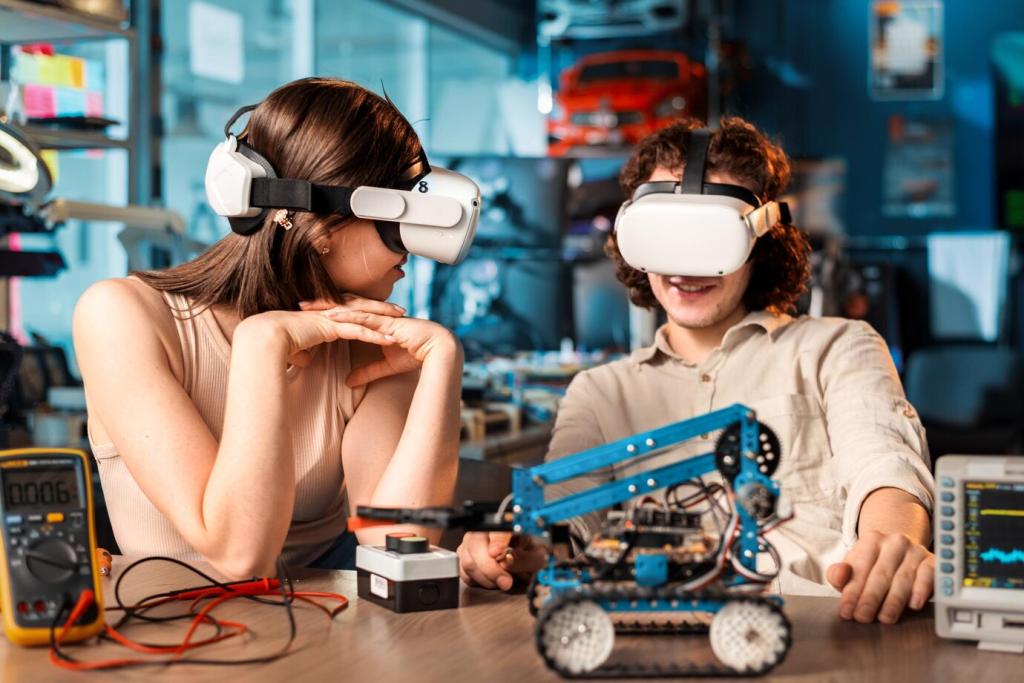Robotics Curriculum Ideas for Early Education
Chosen theme: Robotics Curriculum Ideas for Early Education. Welcome to a playful, research-informed roadmap for bringing robots into early classrooms through stories, curiosity, and hands-on exploration. Join the conversation, share your classroom wins, and subscribe for fresh, age-appropriate ideas.
Why Robots Belong in the Early Years
Curiosity as the Engine
When a robot rolls forward because a child pressed a button, abstract ideas suddenly feel tangible. Curiosity turns into questions, then experiments, then joyful tinkering. Invite students to predict outcomes, try alternatives, and proudly celebrate surprising results together.
Early Computational Thinking
Sequencing, patterns, and debugging are powerful skills even for five-year-olds. Using picture cards for commands, children arrange steps and notice where things go wrong. They learn that mistakes are not failures but friendly clues that guide their next attempt.
A Mini-Story from the Classroom
In one first-grade class, students built a recycling rover to push paper scraps into a bin. They mapped a path with taped shapes, cheered each small improvement, and named the bot “Green Spark.” Share your favorite classroom robot names in the comments.

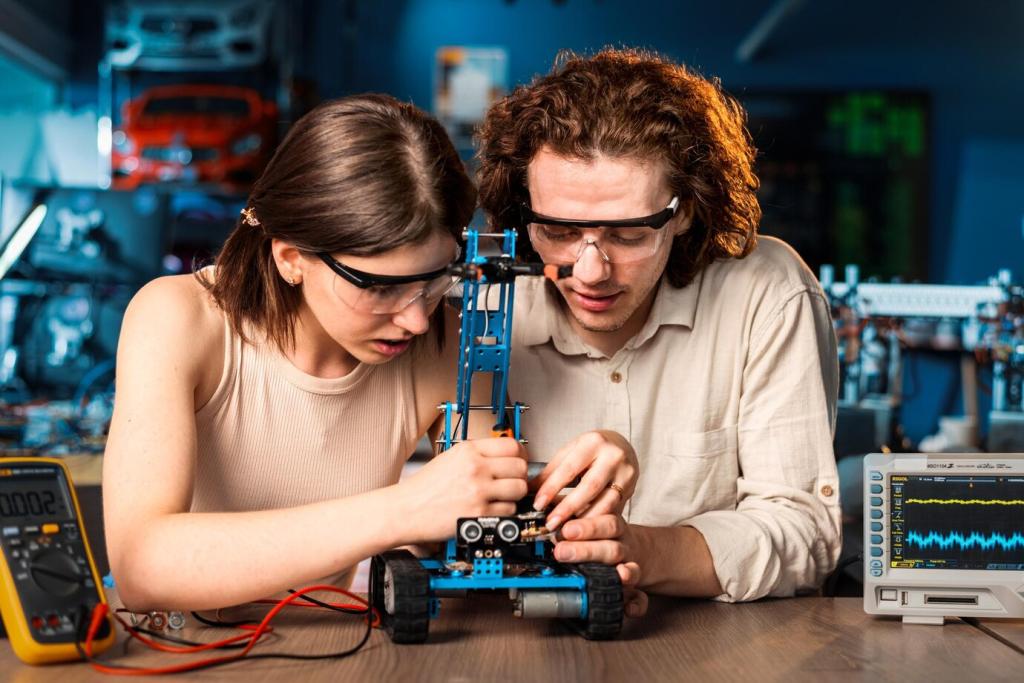
A Simple Yearlong Map (K–2)
Start with simple commands and predictable paths. Children learn forward, turn, and stop through floor grids and tape tracks. Keep sessions short, celebrate effort, and encourage students to narrate what the robot “thinks” before pressing go to build anticipation.
A Simple Yearlong Map (K–2)
Introduce small design challenges: deliver a note to a class plant, or nudge a foam block home. Tie each challenge to a story. Ask learners to sketch plans first, test once, then tweak. Invite comments below with your favorite challenge prompts.
Hands-On Kits and Low-Cost Alternatives
Begin with robots that use buttons or physical tiles to program movements. Children handle real pieces, arrange commands, and see immediate motion. Tangible steps reduce cognitive load, support emerging readers, and create natural moments for peer explanation and turn-taking.

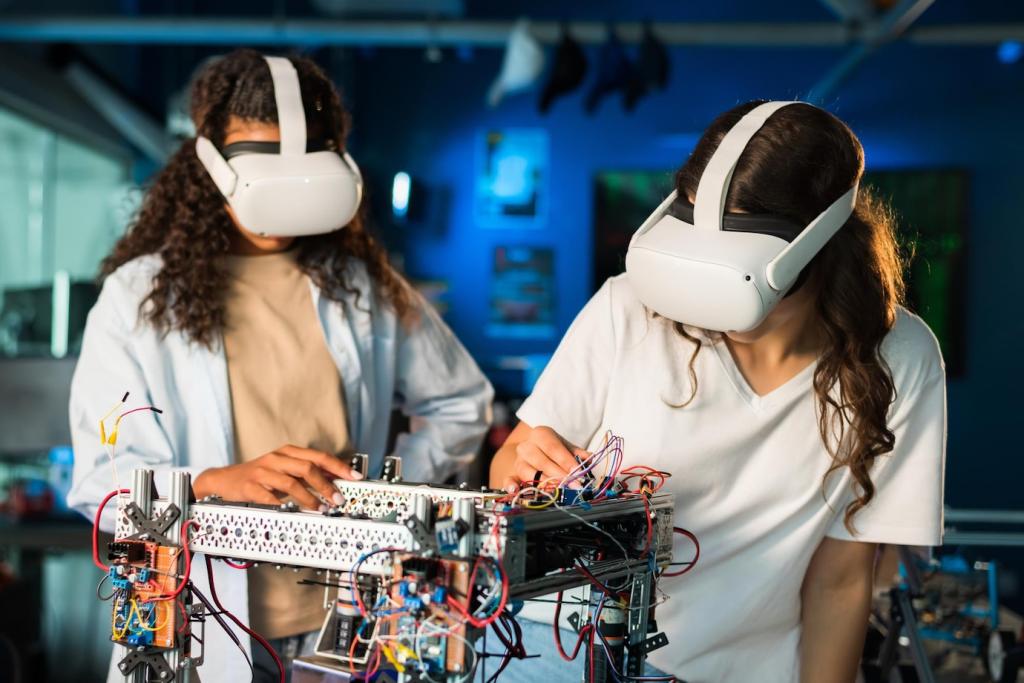
Hands-On Kits and Low-Cost Alternatives
When screens are available, use block-based programming with large icons and limited commands. Keep the command palette small at first. Provide laminated “cheat cards,” model thinking aloud, and invite students to teach a friend one new command each session.
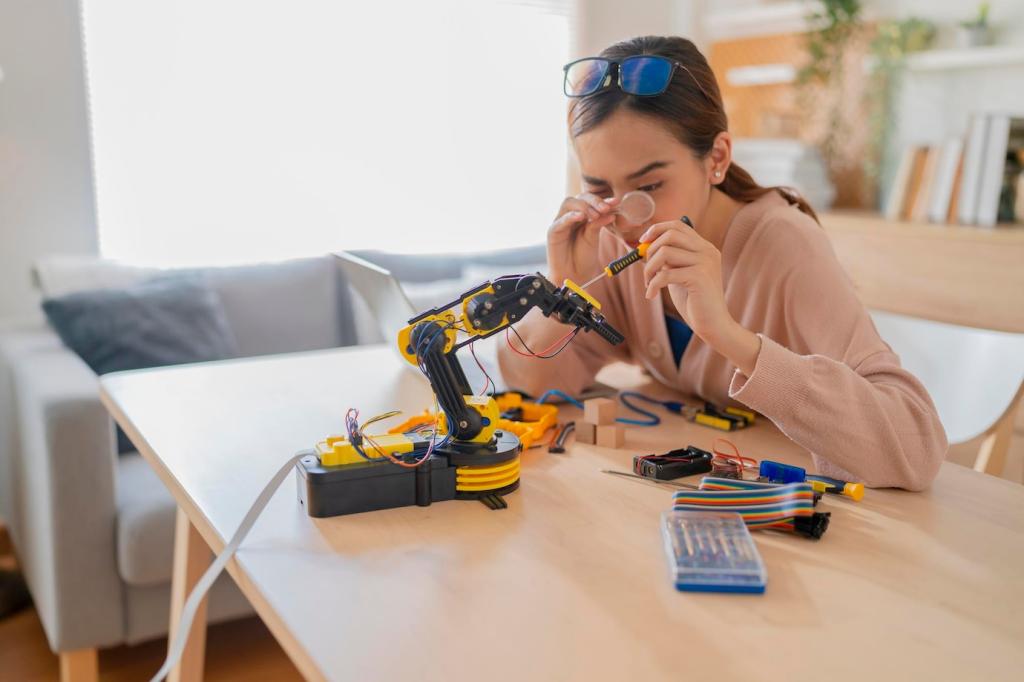

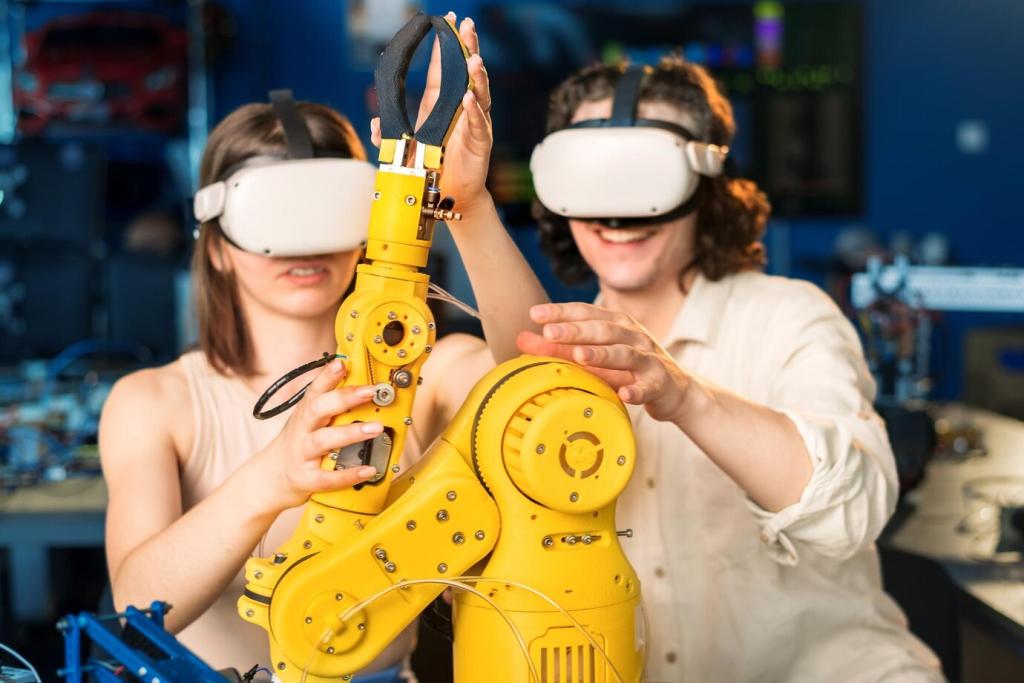
Open with five-minute demonstrations, then release children to stations with clear visuals and choices. Keep challenges tiered from simple to advanced. Circulate, confer, and capture photos. Share in the comments which station routines help your class stay focused.
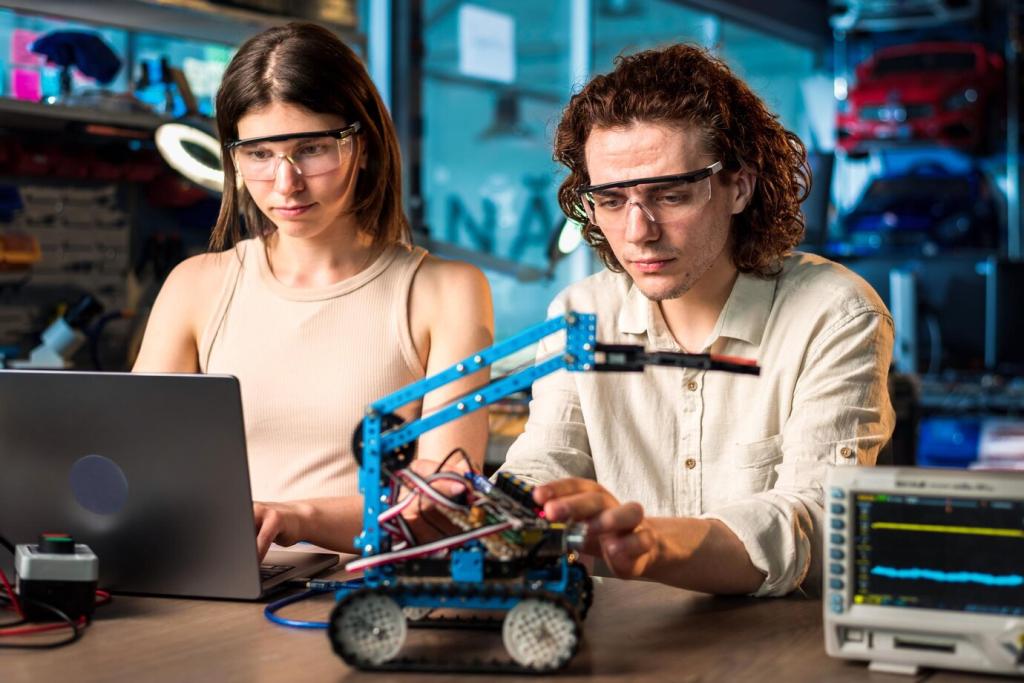
Inclusive and Accessible Robotics
Offer multiple ways to engage: big-button robots, large-print cards, color-coded paths, and verbal options. Provide seating choices and clear visuals. Encourage partners to adjust the environment together. Share accessibility tips your learners love so others can benefit too.
